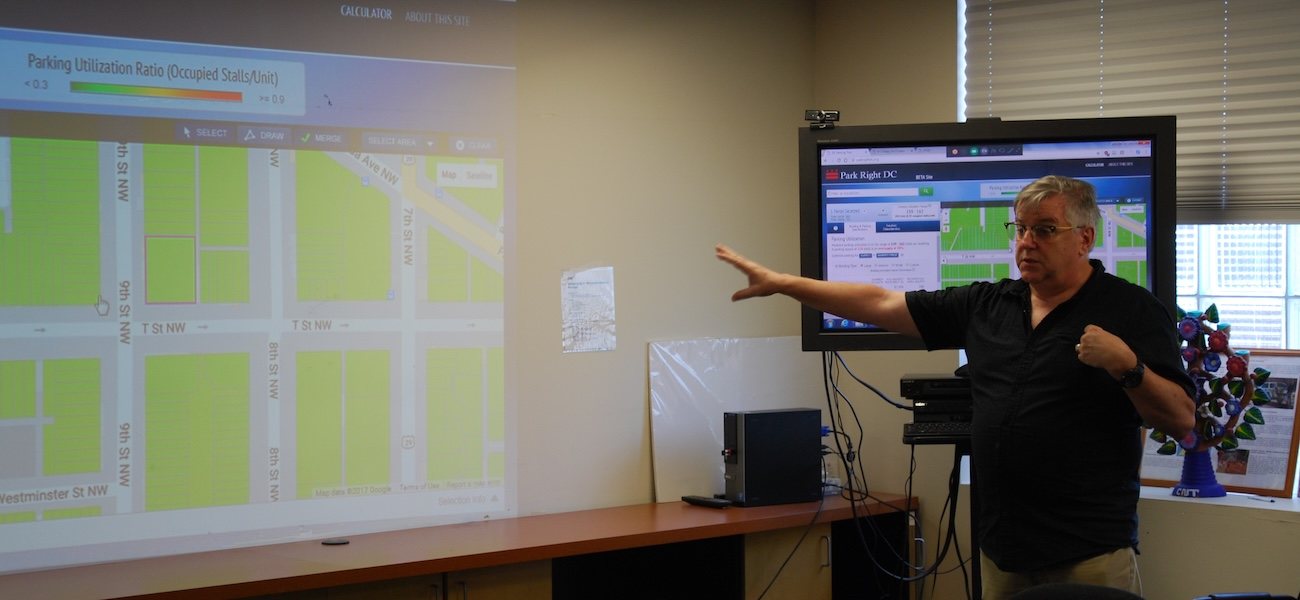“People do not realize that this block, which becomes the dumping ground of rain runoff from other communities, experiences mini Katrinas yearly.”—Midlothian resident
The Chicagoland community of Midlothian is no stranger to flooding. Located at the convergence of three watersheds, it has seen its absorbent open spaces paved over by a century of suburban development. At this point, even light to moderate rainstorms can cause overbanking from the creeks and the stormwater conveyance system. Climate change is making things far worse – we’re getting more water over a shorter period of time, which is exactly the wrong kind of storm for cities like Midlothian. With larger volumes of runoff from paved surfaces, the storm sewer systems and creeks get overwhelmed, flooding homes, yards, garages, and streets. The inundation can also cause sanitary sewers to back up, spewing flushed excrement up through toilets and manholes. Worst of all, most of the affected properties are outside of FEMA-designated floodplains, so they don’t benefit from the programs designed to help flood victims, such as property buy-outs.
To help communities like Midlothian develop solutions to the destructive flooding they face year after year, we set about designing a program for easy replication in cities nationwide. Midlothian was selected for the pilot of our RainReady℠ Community program, along with Chicago’s Chatham neighborhood. We recently wrapped up the first step of the pilot, a study of the sources and scope of flooding in the community. The resulting report pulls information from the RainReady survey we administered earlier this year with 253 resident responses; the flood risk analysis done by the U.S. Army Corps of Engineers Silver Jackets, a RainReady partner; and the many prior plans that have been completed in the village.
The study found that 72 percent of respondents have experienced flooding, and those who have live all across the city. Eighty-five percent of respondents expressed concern about the impact of water-related problems on quality of life in the community, indicating that there is much need for integrated solutions to flooding in Midlothian.
In carrying out the study, we took extra care to look for synergies among the Midlothian’s economic, transportation and stormwater needs so that investments could be leveraged to provide multiple benefits to the community. We found several, including a complete street on 147th Street that would support implementation of green infrastructure, active transportation facilities, and economic stimuli through placemaking activities and potential redevelopment sites on Cicero Avenue.

We also assembled a Midlothian RainReady Steering Committee. The committee, which met for the first time in April, is made up of community leaders, Village staff, engineers, and flood activists who will guide us in developing a RainReady Plan, and oversee implementation of plan components. The plan could potentially include additional stormwater retention facilities with green infrastructure treatment along Natalie Creek, a program to address infiltration and inflow in sanitary sewer systems, and a citywide Complete Streets policy to include best management practices for stormwater. We are working closely with the steering committee members to identify funding opportunities and strategic partners to pursue these potential improvements. Through the RainReady planning process, the steering committee will receive the information and the organization they need to take on implementation of the plan with ongoing support from RainReady staff.
Helping communities like Midlothian develop RainReady Plans is an important first step in building community capacity for resilient solutions to the increasingly frequent and severe rainstorms that climate change is expected to bring. Connecting leaders, residents, and technical experts through this process makes it possible to develop affordable, effective solutions that can benefit everyone.





 Strengthening Transit Through Community Partnerships
Strengthening Transit Through Community Partnerships